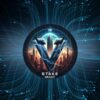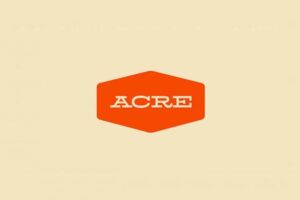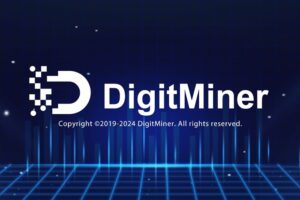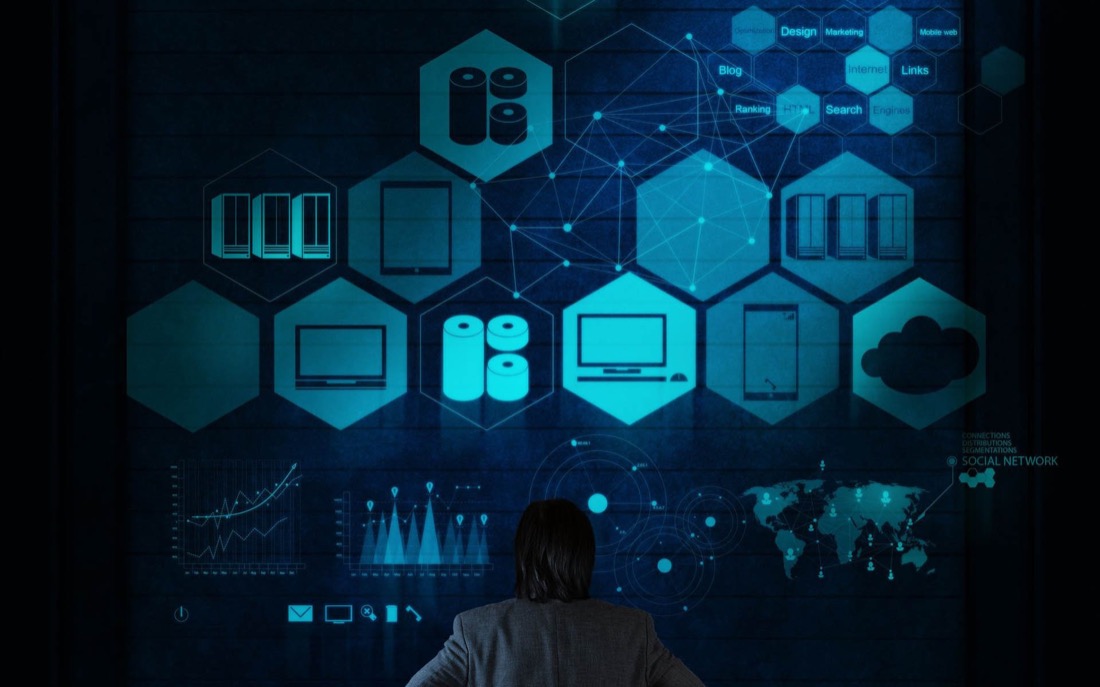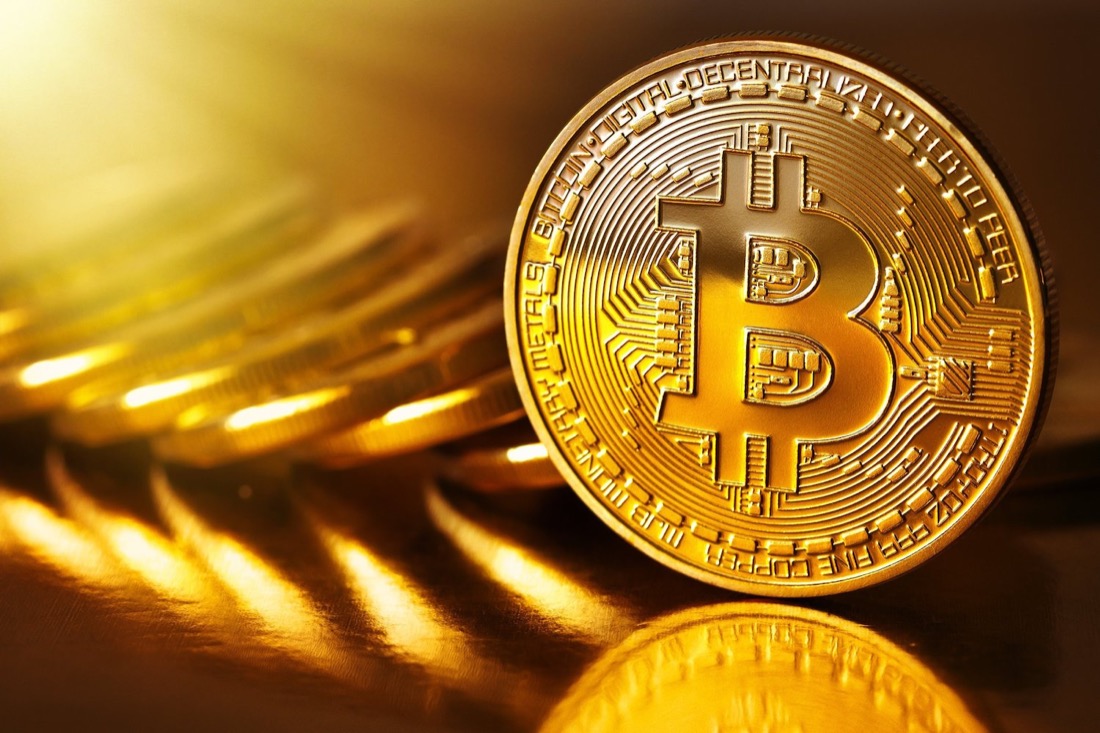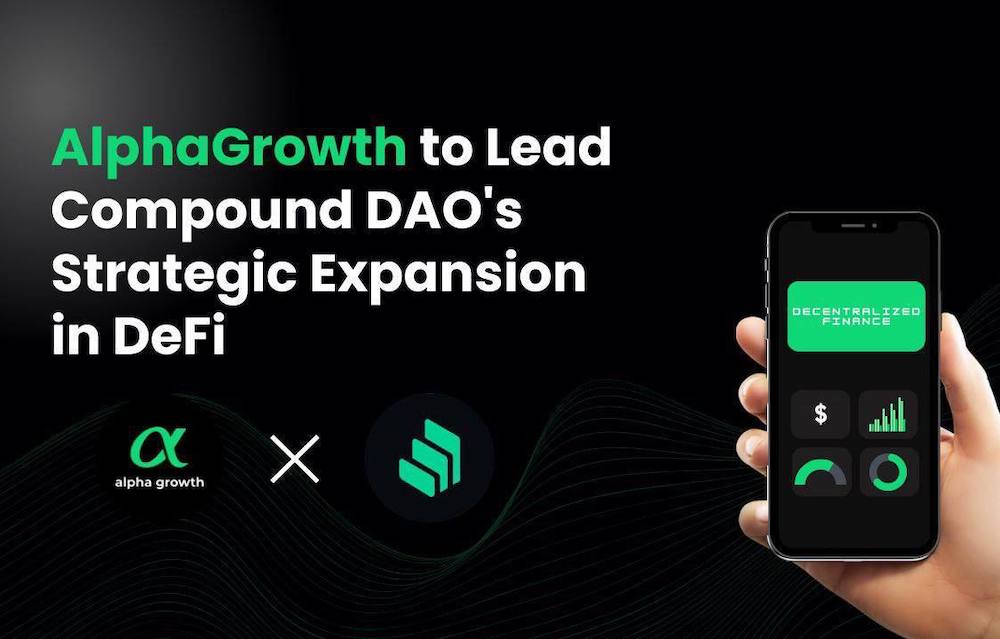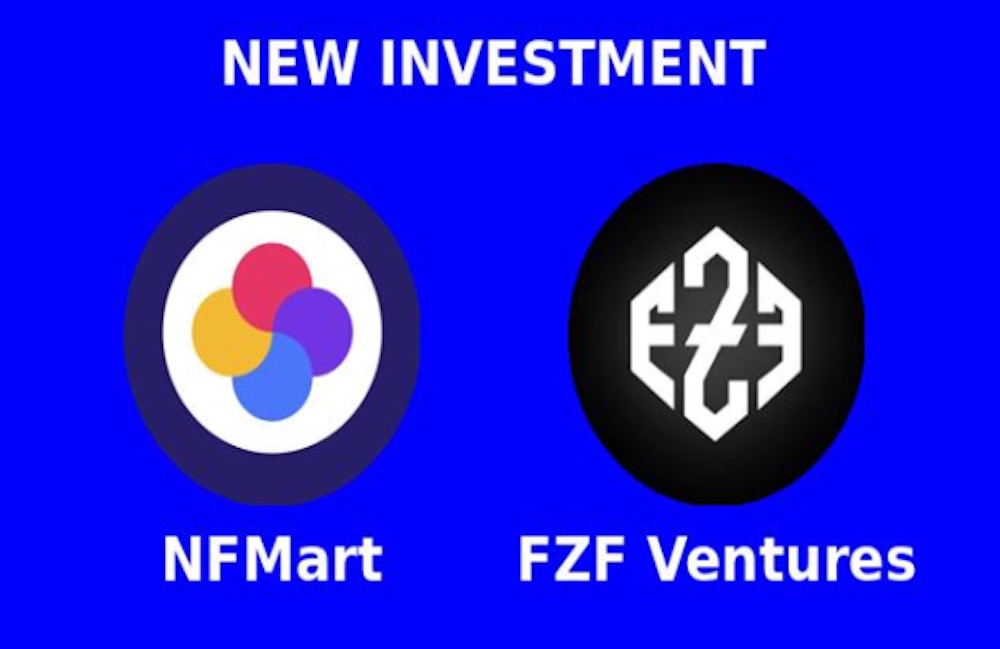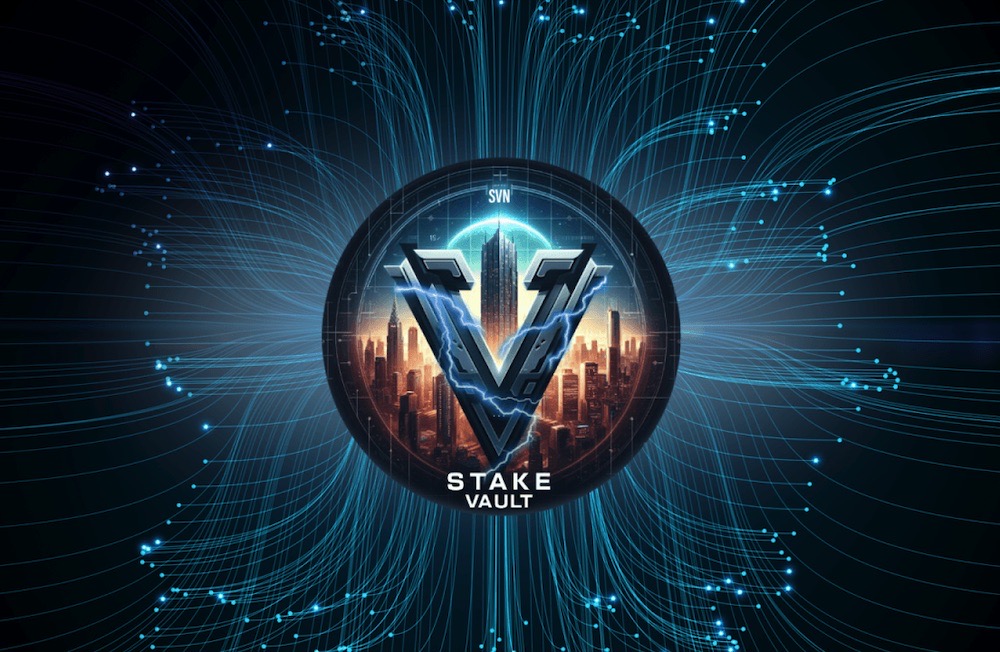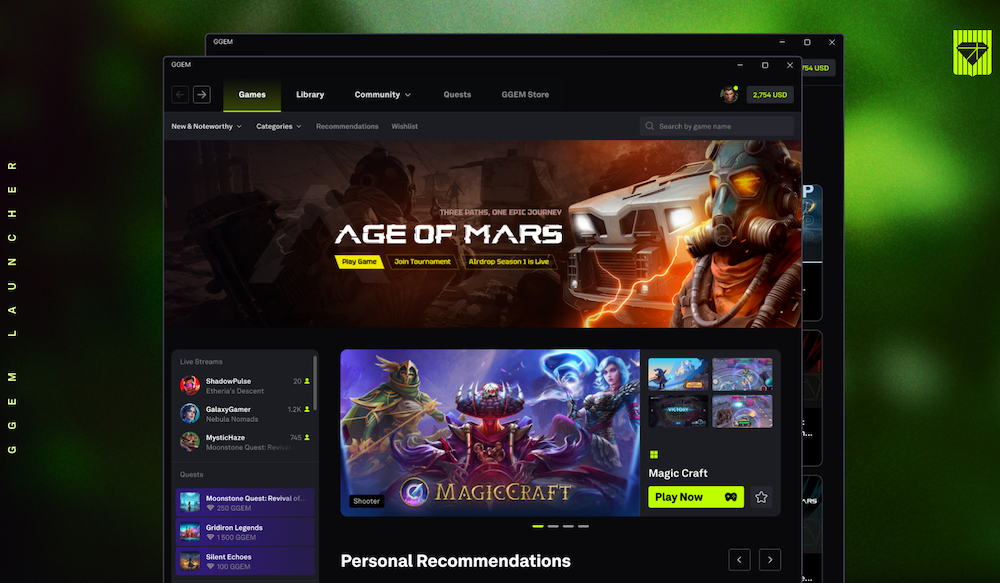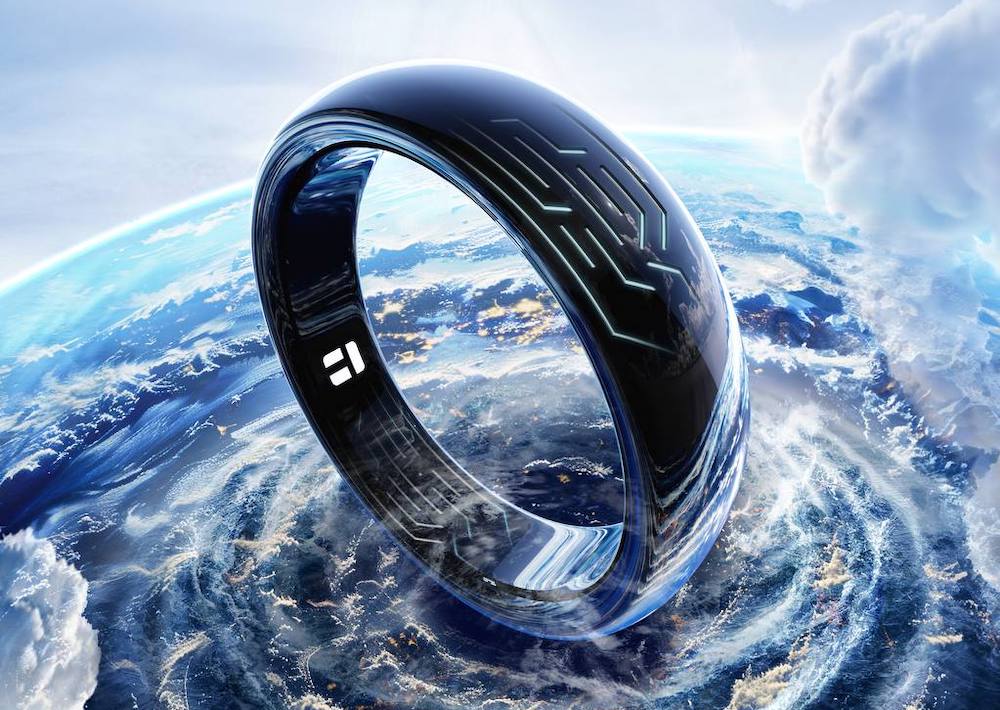The future of assets protocol:
Fair launch, simplicity, efficiency, and low transaction fees
As we journey through 2023, the blockchain industry is buzzing with excitement, particularly the BRC-20 token market, led by the innovative Ordinals protocol. Moving forward, in 2024, the surge in market demand has ignited a quest for more efficient blockchain functionality, lower gas fees, and simplified operations. The market is also yearning for a fair competition environment for all participants.
Enter MVC-20, a revolutionary assets protocol that fully harnesses the high concurrency and low latency transaction characteristics of the MVC Layer1 smart contract. It’s designed to build an innovative fair distribution mechanism that addresses the fairness issues plaguing traditional models. MVC-20 is poised to bring about a seismic shift in the Bitcoin ecology token and NFT markets.
Introducing MVC-20: The First Protocol for Free-Minting Assets on the Bitcoin Sidechain
MVC-20 is a trailblazer, being the first free-Mint assets Protocol on the MVC Chain. It adopts a unique “burn to mint” mechanism, ensuring a fair start for everyone – no pre-sales, no whitelists, no team allocation, and no gas fee front-running transactions. The cost of minting MVC-20 tokens is burned, converting the value of the burned ‘Space’ [MVC network’s gas] into the intrinsic value of the MVC-20 token, without flowing into the project party or miners’ wallets.
Introducing the Burn to Mint Mechanism:
MVC-20 stands out from BRC-20 asset protocols with its innovative Burn to Mint concept. This allows the deployer to decide the burn rate of the MVC-20 token at deployment. Subsequently, all users who mint the MVC-20 token must burn a specified amount of SPACE [MVC network’s gas] to carry out the minting. The burn rate can be set between 0 and 10 quantity of SPACE.
Key Features of MVC-20:
- Layer 1
- Fair distribution [Fair Launch]
- High concurrency and low latency transactions
- Burn to mint
- Customizable: Burn rate 0-10 Space
- Permissionless
- Multi-functional Launchpad
- Compatible with various existing ecosystems and wallets, such as Show3, Orders.Exchange, MVCswap, Metalet and Indexer
MVC-20 Official Launch Day:
Starting from January 22, 2024 [UTC 15:00PM], user can begin to explore the innovative burn to mint mechanism of MVC-20 protocol. Get ready to experience the future of blockchain with MVC-20.
For more details, please visit:
https://mvc20.space/
https://mvc20.gitbook.io/intro
Microvisionchain: Introducing the Ultimate Solution to Bitcoin’s Scalability Challenge!
Microvisionchain presents a novel concept of Unified Scaling Ecosystems for Bitcoin, aiming to resolve Bitcoin’s scalability issue definitively. This plan doesn’t merely offer a same structure to Bitcoin but enhances Bitcoin’s capabilities by:
1. Superior Scaling:
Introducing a scaling solution that outperforms traditional ETH layer2 solutions. Imagine a Bitcoin ecosystem that’s ever-expanding, equipped with a Turing complete smart contract layer, and offering ultra-low fees without congestion.
2. User-Friendly:
Keeping it simple. A single private key can be used across all related second layers/sidechains, making the transition of ecosystem applications seamless and straightforward.
3. Unified Ecosystem:
Unifying countless second layers/sidechains with BTC at the core to collectively tackle BTC’s scalability issues. This will enable global user participation in Bitcoin ecosystem applications.
Implementation Steps:
Step 1: 1 MVC
The MVC node is expected to upgrade in March or April 2024, enabling the BTC ecosystem to transition seamlessly to MVC. MVC has already solved its scalability issue, with a measured TPS of up to 10,000 and transaction fees lower than 0.1 cent. MVC is the first Bitcoin-structure side-chain to implement a layer 1 smart contract on the UTXO structure, enhancing user experience and application capabilities.
Step 2: 100 MVCs
Developers can run a replicated MVC network within half an hour and adjust parameters as needed, provided the core UTXO structure and underlying capabilities remain unchanged for future compatibility with MVC and BTC.
Step 3: Use of Bitcoin
The creation of a global Unified Scaling Ecosystem for Bitcoin will permanently solve BTC’s scalability issue. Having 100 MVCs equates to having 100 large UTXO networks fully conforming to Bitcoin. Subsequent updates will support these 100 MVCs and various third-party Bitcoin-structure second layers/sidechains/ecosystems to form a globally expanding Bitcoin ecosystem expansion network.
Supporting ecosystems:
- Mapping Satoshi Asset Bridge
- UTXO chain block time synchronization system
- Wallets that support multiple chains, and more.
We’re confident that, through MVC’s POB mechanism with builder grant program, we can attract global developers to revolutionize the whole blockchain industry and permanently resolve BTC’s scalability issue together.
Benefits of the MVC Unified Scaling Ecosystem plan:
Microvisionchain is a simple and elegant scalability solution that will permanently solve Bitcoin’s scalability issue and enable Bitcoin assets to possess smart contract capability. It is a superior scaling solution than many ETH second layers, uniting future second layers to collectively address Bitcoin’s scalability in a global network.






